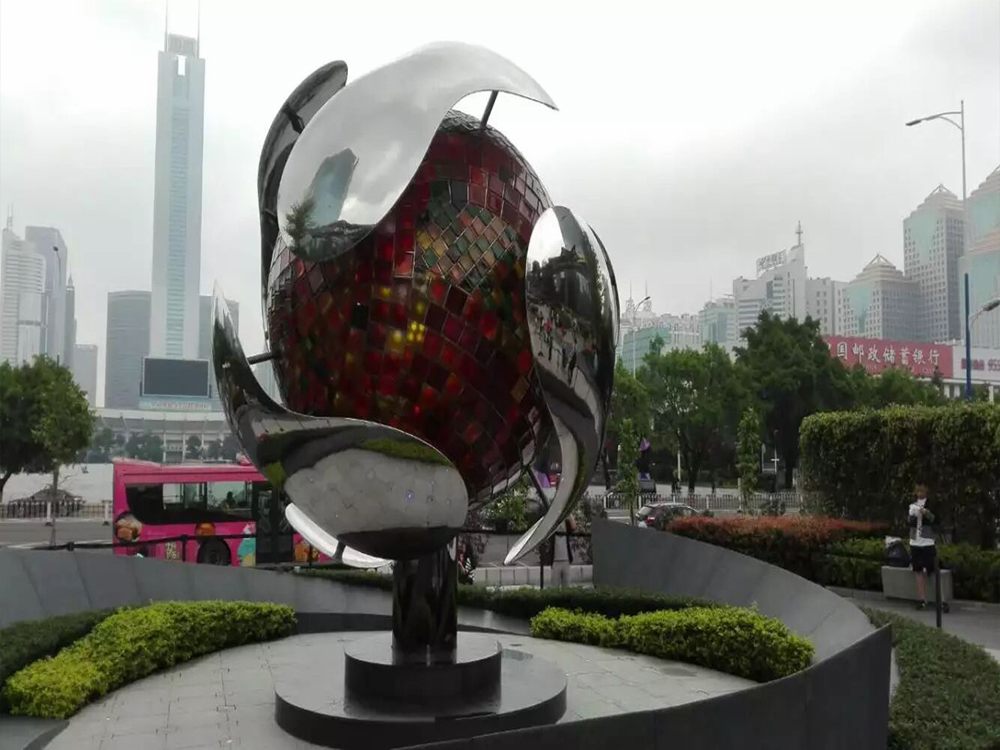
Modularity in stone sculpture compositions is a technique where artists create artworks by assembling smaller, interchangeable stone units. This approach allows for greater flexibility, enabling sculptures to be reconfigured or expanded over time. Artists often use standardized shapes or recurring motifs, which can be rearranged to form different patterns or structures.
One key advantage of modularity is its efficiency. By working with smaller, manageable pieces, sculptors can reduce material waste and simplify the carving process. Additionally, modular designs lend themselves well to large-scale installations, as individual components can be transported and assembled on-site.
Historically, modular techniques have roots in ancient architecture, such as the stone blocks used in pyramids or temples. Contemporary artists, however, push boundaries by experimenting with abstract forms and unconventional materials. Some even incorporate digital tools to design precise modules before carving.
Ultimately, modularity in stone sculpture bridges tradition and modernity, offering artists a dynamic way to explore form, space, and creativity. Whether creating public monuments or gallery pieces, this method continues to inspire innovative artistic expressions.

